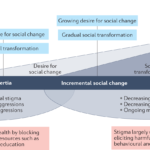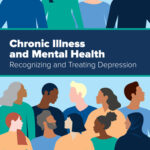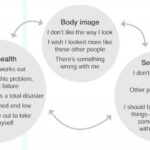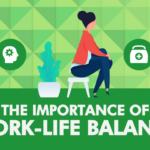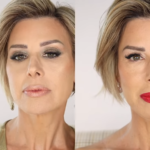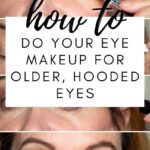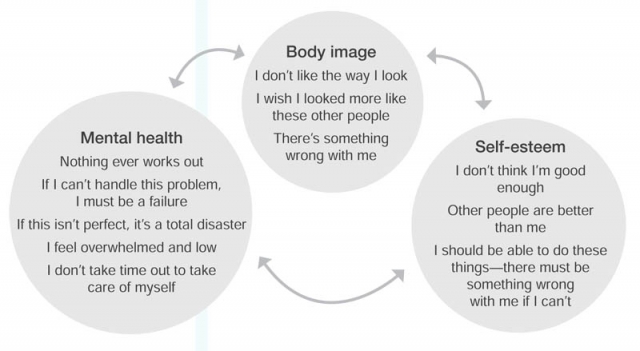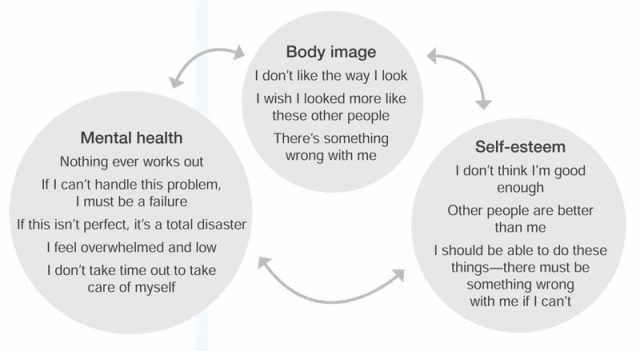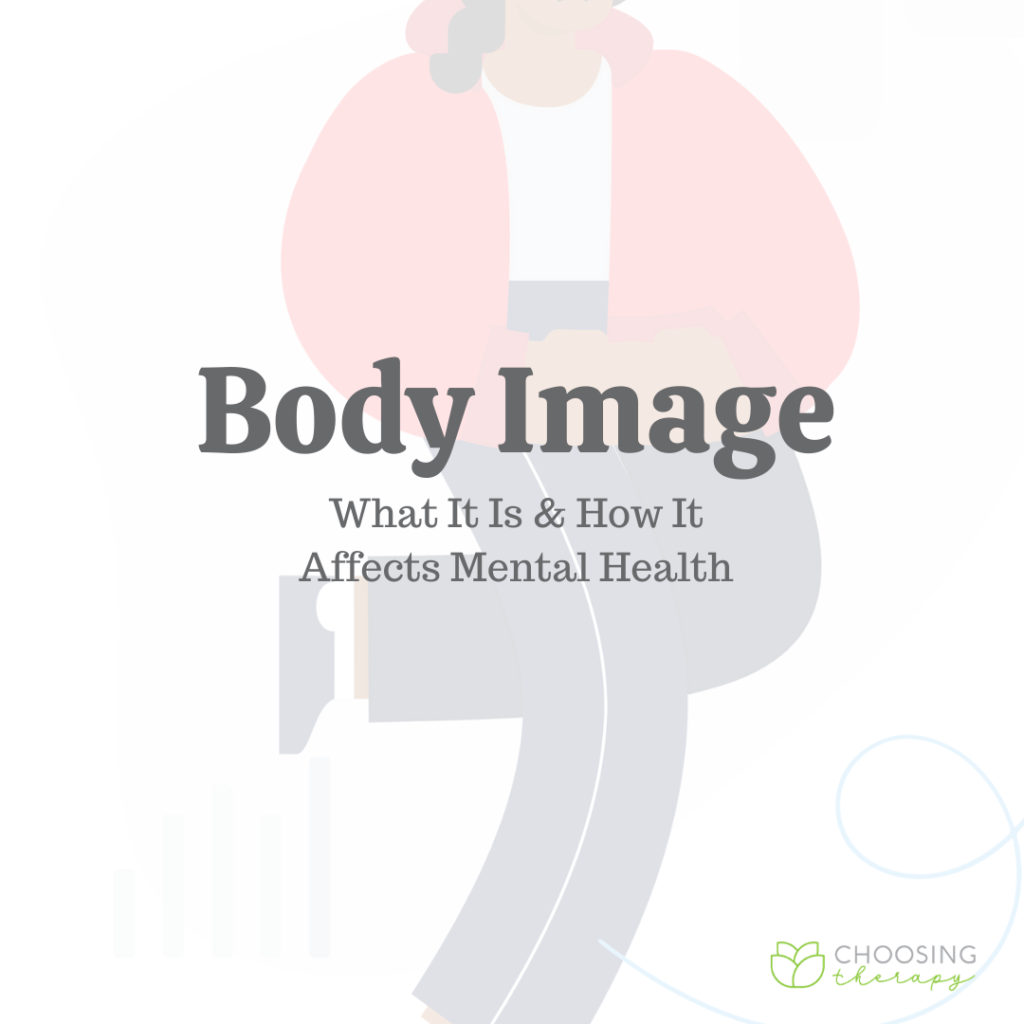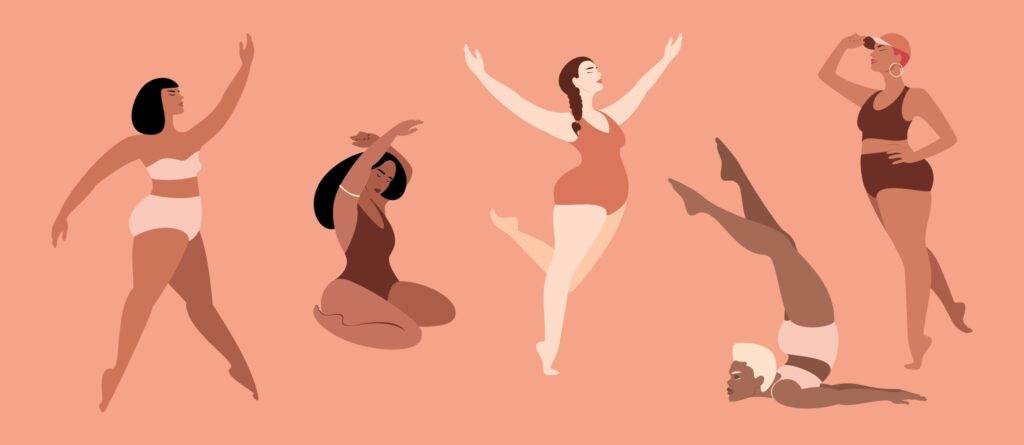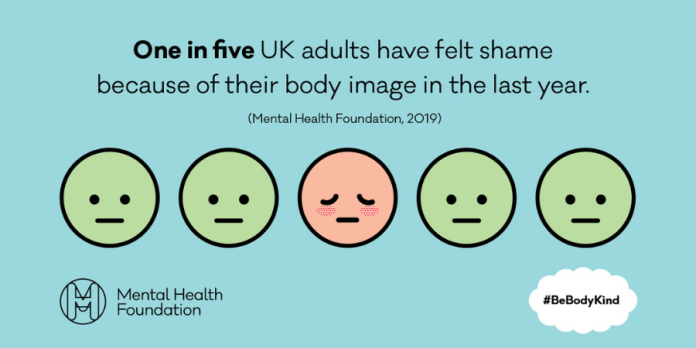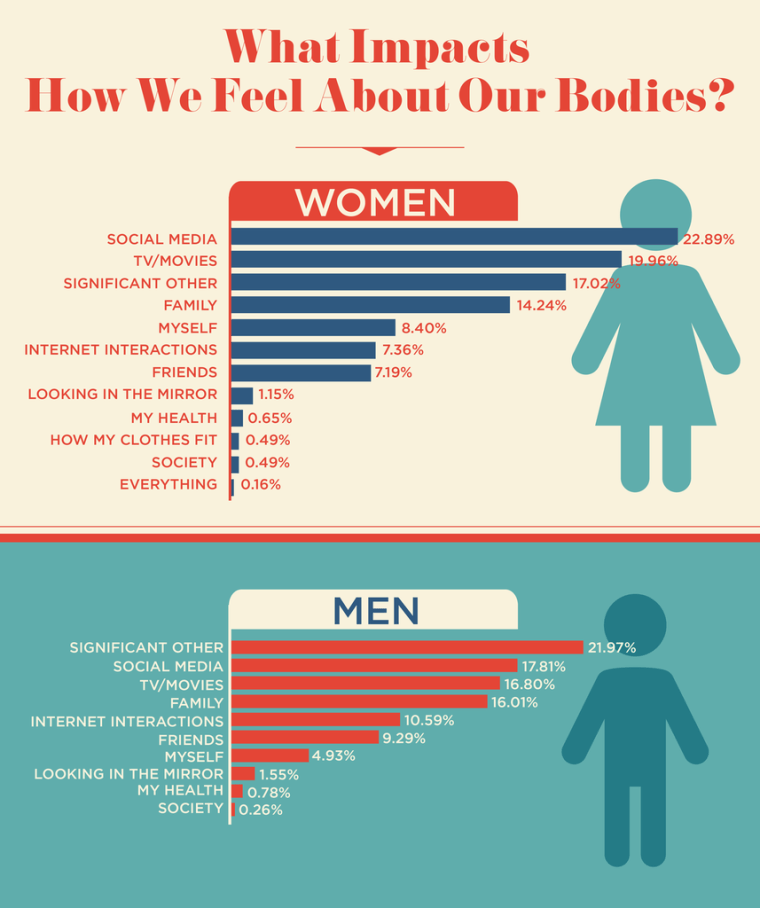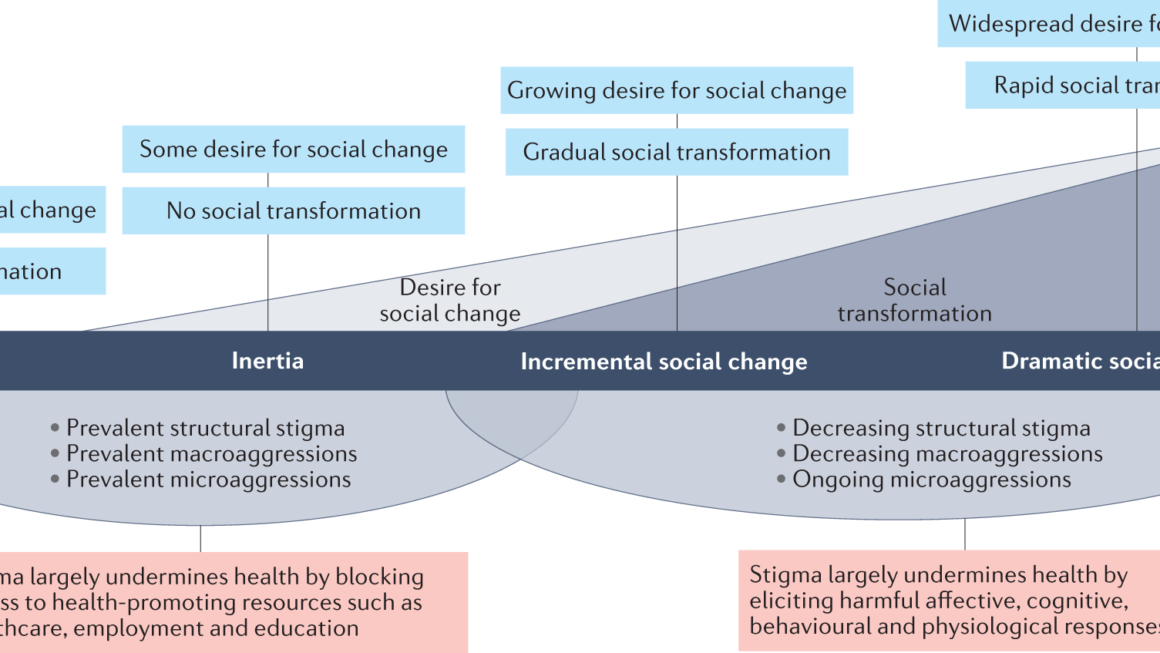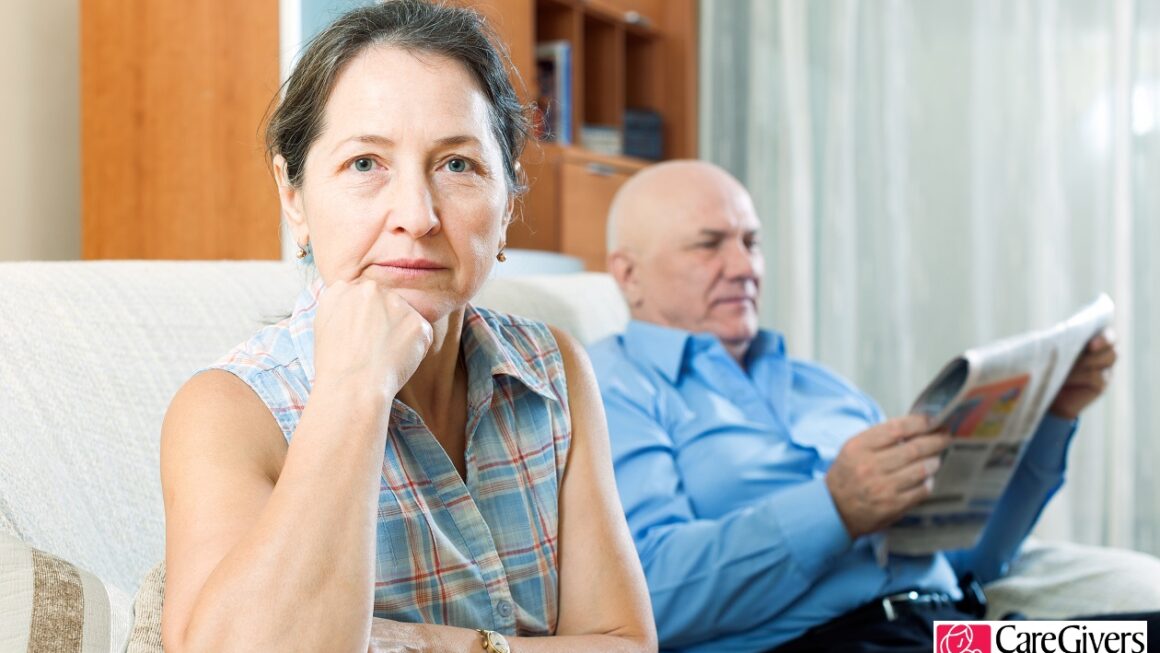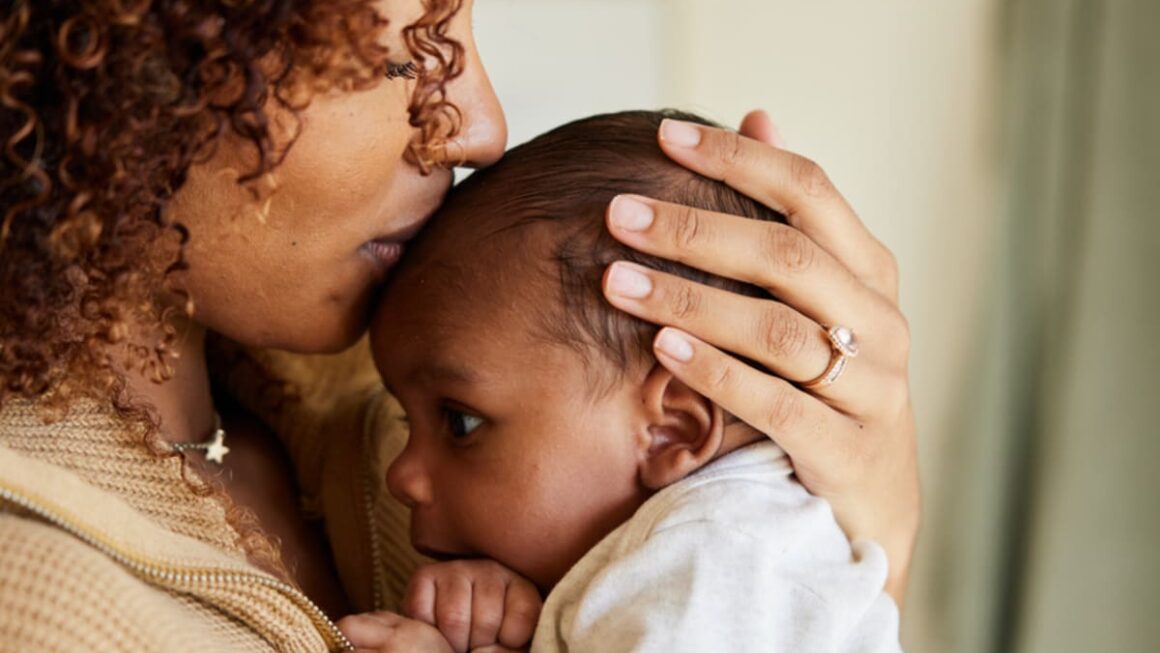In today’s society, women face immense pressure to conform to societal beauty standards, which often leads to detrimental effects on their self-esteem and mental health. The impact of body image and beauty standards on women cannot be underestimated, as the constant pursuit of unattainable perfection takes a toll on their confidence and overall well-being. This article explores the profound influence these expectations have on women and the importance of promoting a more inclusive and body-positive culture. By understanding the implications of these beauty standards, we can work towards empowering women to embrace their unique beauty and prioritize their mental health.
The Historical Evolution of Beauty Standards
Traditional beauty standards and their impact on women
Throughout history, beauty standards have had a significant impact on women. Traditional beauty standards were often defined by cultural norms and societal expectations, which varied across different regions and time periods. These standards often placed emphasis on physical attributes such as body shape, facial features, and skin complexion. Women who did not fit into these narrow beauty ideals faced societal pressure and criticism, which often resulted in low self-esteem and mental health issues.
In many ancient civilizations, women were expected to possess specific physical attributes to be considered beautiful. For example, in ancient Egypt, a slim physique and symmetrical features were highly valued. Similarly, in ancient Greece, women were expected to have a slender figure, delicate features, and pale skin. These beauty standards often led women to strive for an unattainable ideal, putting immense pressure on them to conform.
The rise of Western beauty standards and its effect on self-esteem
With the colonization and globalization of Western ideals, beauty standards began to influence women across the globe. Western beauty standards, heavily influenced by Eurocentric beauty ideals, placed emphasis on certain physical features such as fair skin, slim figures, long hair, and specific facial features. These standards perpetuated the narrow notion that there is only one definition of beauty, leaving many women feeling inadequate and unattractive if they did not fit into this mold.
The rise of Western beauty standards also introduced the concept of perfectionism, where flaws and imperfections were seen as undesirable. This obsession with achieving a flawless appearance led to an increase in body dissatisfaction, low self-esteem, and mental health issues among women. The pressure to conform to these standards became overwhelming, often leading to extreme measures such as cosmetic surgeries, restrictive dieting, and excessive exercise.
Media Representation of Beauty Standards
The role of media in promoting unrealistic beauty standards
Media plays a crucial role in shaping beauty standards by portraying an idealized version of beauty that is often unattainable. Television shows, movies, magazines, and advertisements present images of women with flawless skin, thin bodies, and symmetrical features. These images create an unrealistic expectation of what individuals should look like, leading to feelings of inadequacy and self-doubt.
The constant bombardment of these unrealistic beauty standards can have a detrimental impact on women’s self-esteem. Comparing oneself to these unattainable standards often leads to body dissatisfaction, negative body image, and a distorted perception of one’s self-worth. Moreover, the media often portrays beauty as synonymous with success, reinforcing the idea that physical attractiveness is the most important aspect of a woman’s identity.
The impact of airbrushing and photo manipulation on body image
In addition to promoting unrealistic beauty standards, the media extensively uses airbrushing and photo manipulation techniques to create an illusion of flawless beauty. These practices further contribute to the unattainability of the beauty ideals presented in the media. By digitally removing blemishes, wrinkles, and other imperfections, the media perpetuates the myth that perfect beauty is achievable.
These digitally altered images set impossible standards for women, leading to dissatisfaction with their own appearances. Constant exposure to these manipulated images can create a distorted perception of reality and amplify feelings of insecurity and self-doubt. The prevalence of digitally altered images not only impacts women’s self-esteem but also perpetuates negative body image issues and unhealthy comparison behaviors.
The Effect of Social Media on Body Image
Comparison culture and the influence of social media on self-esteem
The emergence of social media platforms has revolutionized the way society interacts and communicates. However, it has also introduced a new set of beauty standards and pressures that can significantly impact women’s self-esteem and mental health. Social media platforms often present curated and filtered versions of people’s lives, leading to a culture of comparison.
With social media, individuals have constant access to a vast array of images, where others seemingly embody the perfect beauty standards. Seeing these seemingly flawless individuals can trigger feelings of inadequacy and amplify self-doubt. Comparing oneself to highly edited and filtered images on social media can generate feelings of unworthiness and contribute to negative body image and decreased self-esteem.
The rise of influencers, filters, and the pursuit of perfection
In recent years, influencers, individuals with a large social media following, have gained significant influence in shaping beauty standards. These influencers often promote a particular body image and lifestyle, which can create an unattainable ideal for many women. Moreover, the use of filters and editing apps on social media platforms further contributes to the pursuit of perfection.
Filters and editing options allow users to alter their appearances, making it easier to conform to the perceived beauty standards. However, this phenomenon can have detrimental effects on women’s mental health. Constantly striving for an idealized version of oneself can lead to feelings of self-consciousness, low self-esteem, and a never-ending pursuit of unattainable perfection.
Advertising and its Influence on Body Perception
The use of idealized bodies in advertisements
Advertising has long played a significant role in influencing beauty standards and body perception. Advertisements often feature models with bodies that are considered ideal according to societal beauty standards. These idealized bodies can create an unrealistic expectation of what is considered attractive, leaving many women feeling inadequate and dissatisfied with their own appearances.
By consistently featuring these idealized bodies, advertisements reinforce the notion that beauty is narrowly defined and exclusive to a select few. This can greatly impact women’s self-esteem and mental health, as they constantly feel pressured to achieve a standard that is unattainable for most. The overrepresentation of these idealized bodies in advertisements perpetuates the idea that beauty is a prerequisite for acceptance and success.
The correlation between exposure to idealized images and body dissatisfaction
Numerous studies have shown a clear correlation between exposure to idealized images in advertising and body dissatisfaction among women. The constant bombardment of these images can lead to the internalization of beauty ideals, creating a negative body image and a diminished sense of self-worth. Exposure to these unrealistic beauty standards can fuel feelings of inadequacy and perpetuate the belief that one’s appearance determines their value.
Moreover, the impact of advertising on body perception extends beyond just self-esteem and body image. Studies have also shown that exposure to idealized images can contribute to the development of disordered eating behaviors, such as restrictive dieting and over-exercising. The harmful influence of advertising on women’s mental health highlights the need for more diverse and inclusive representations of beauty.
The Connection Between Body Image and Self-Esteem
The impact of negative body image on self-esteem
Body image and self-esteem are closely intertwined, with negative body image often leading to low self-esteem. When women have a negative perception of their bodies, they are more likely to feel inadequate, unworthy, and discontented with themselves. This negative self-perception can have a profound impact on various aspects of their lives, from personal relationships to professional endeavors.
Women who experience negative body image may find it difficult to develop a positive sense of self-worth. They may constantly compare themselves to others and believe that they do not measure up to societal beauty standards. This self-comparison can fuel self-criticism, self-doubt, and a persistent feeling of not being “good enough.”
The development of unhealthy coping mechanisms and self-worth issues
Having a negative body image can also lead to the development of unhealthy coping mechanisms. Many women may turn to extreme measures such as crash dieting, excessive exercise, or even disordered eating behaviors in an attempt to achieve the perceived ideal body. These unhealthy behaviors not only take a toll on their physical health but also exacerbate low self-esteem and body dissatisfaction.
Moreover, negative body image can contribute to self-worth issues and feelings of shame. Women may feel embarrassed or ashamed of their bodies, leading to social withdrawal and a reluctance to engage in activities that they perceive as highlighting their perceived flaws. The damaging effects of negative body image on self-esteem highlight the need for individuals to cultivate a positive body image and enhance their self-worth.
Body Image and Mental Health Disorders
The link between body dissatisfaction and eating disorders
Body dissatisfaction is strongly linked to the development of eating disorders. When individuals have a negative body image, they may resort to extreme measures to control their weight and shape. This can lead to the development of eating disorders such as anorexia nervosa, bulimia nervosa, or binge-eating disorder.
Eating disorders are complex mental health disorders that involve a combination of biological, psychological, and social factors. However, body dissatisfaction and the desire to achieve an unrealistic body ideal often serve as triggers for the onset and maintenance of these disorders. Women with eating disorders may experience severe psychological distress, physical complications, and a high risk of mortality if left untreated.
Body dysmorphic disorder: when body image becomes a mental health disorder
Body dysmorphic disorder (BDD) is a mental health disorder characterized by intense preoccupation with perceived flaws in one’s appearance. Individuals with BDD have a distorted body image and often engage in repetitive behaviors or mental rituals to alleviate their anxiety. This disorder can significantly disrupt their daily lives and lead to severe emotional distress.
BDD is closely related to body image dissatisfaction, as individuals with the disorder typically focus on specific aspects of their appearance, which they believe to be flawed or ugly. These perceived flaws are often minor or nonexistent to others but can become overwhelmingly distressing for those affected. BDD highlights how body image concerns can escalate to the point of becoming a debilitating mental health disorder.
Societal Pressure and Beauty Standards
The role of societal pressure in shaping beauty standards
Societal pressure plays a crucial role in shaping beauty standards and influencing women’s self-esteem and mental health. Societal expectations regarding appearance can create an environment where individuals feel the need to conform to certain beauty ideals to be considered attractive or successful. The pressure to fit within these narrow standards can be relentless and pervasive.
Societal pressure often manifests through various channels, including media, advertising, interpersonal relationships, and cultural norms. Women may internalize these beauty standards, leading to a constant state of self-scrutiny and comparison. This pressure to conform can have lasting effects on women’s mental health, leading to decreased self-esteem, increased anxiety, and even depression.
The expectations placed on women and the consequences on mental health
Society often places unrealistic expectations on women, pressuring them to meet arbitrary beauty standards. Women are bombarded with messages that imply their worth is directly tied to their appearance, perpetuating the belief that physical attractiveness should be their primary concern. This emphasis on external beauty can have detrimental consequences on women’s mental health.
The constant pressure to conform to beauty standards can result in chronic stress, heightened body dissatisfaction, and feelings of inadequacy. Women may experience anxiety and depression as they strive to meet these unattainable ideals, undermining their overall well-being and quality of life. It is crucial for society to recognize that beauty comes in diverse forms and to promote self-acceptance and body positivity.
The Influence of Beauty Standards on Relationships
The impact of beauty standards on romantic relationships
Beauty standards can have a profound impact on romantic relationships, influencing attraction, self-confidence, and relationship satisfaction. Society often promotes the idea that physical attractiveness is a vital component of romantic desirability, leading individuals to place a significant emphasis on their appearance in order to attract or maintain a partner.
The pressure to meet beauty standards can create feelings of insecurity and self-doubt, leading individuals to question their worthiness of love and affection. Women who feel that they do not meet societal beauty ideals may experience heightened relationship anxieties and fear rejection. These insecurities can negatively impact relationship dynamics, communication, and overall satisfaction.
Friendships, peer pressure, and the effects on self-esteem
Beauty standards can also influence friendships and peer relationships. The desire to conform to societal beauty ideals can foster an environment of competition and comparison among friends. Women may feel the need to constantly strive for physical perfection in order to fit in or be accepted by their peers.
Peer pressure related to appearance can lead to heightened body dissatisfaction and reduced self-esteem. Women may compare themselves to their friends or feel judged based on their appearance, contributing to feelings of inadequacy and a diminished sense of self-worth. It is important for individuals to cultivate supportive friendships that prioritize self-acceptance and promote positive body image.
The Role of Education and Media Literacy
Promoting body positivity through education and media literacy
Education and media literacy play a vital role in challenging and reshaping beauty standards. By educating individuals about the detrimental impact of unrealistic beauty ideals and promoting media literacy, society can empower women to critically analyze the messages they receive about beauty.
Education should focus on promoting body positivity, self-acceptance, and embracing diversity in beauty. Teaching individuals that beauty comes in all shapes, sizes, and appearances can help combat the negative influence of media and societal pressure. Moreover, media literacy programs can equip individuals with the skills to recognize and deconstruct airbrushed and manipulated images, fostering a more realistic perspective on beauty.
Creating a more diverse and inclusive representation of beauty
It is essential for the media and advertising industries to take responsibility for the impact they have on women’s self-esteem and mental health. By actively promoting a more diverse and inclusive representation of beauty, these industries can challenge the narrow beauty standards that currently dominate. This includes featuring individuals of different body sizes, shapes, ages, ethnicities, and abilities in media campaigns and advertisements.
By showcasing a wide range of beauty ideals, the media can contribute to a society that embraces and celebrates diversity. This shift in representation can help alleviate the pressure on women to conform to unrealistic beauty standards and foster a more inclusive and accepting environment for individuals of all backgrounds.
Steps Towards Building a Healthy Body Image
Encouraging self-acceptance and self-love
Building a healthy body image starts with self-acceptance and self-love. It is essential for women to recognize and appreciate their unique qualities and inherent worth beyond their physical appearance. Cultivating a positive relationship with oneself requires practicing self-compassion, challenging negative self-talk, and embracing the concept of body neutrality.
Engaging in activities that promote self-care and self-reflection can also contribute to building a healthy body image. Engaging in hobbies, spending time with loved ones, and pursuing personal goals can help shift the focus away from appearance and towards personal growth and fulfillment. By valuing oneself beyond physical attributes, women can develop a stronger sense of self-worth and a positive body image.
Addressing and challenging societal beauty standards
To address and challenge societal beauty standards, it is crucial for individuals to engage in critical conversations and activism. Women should challenge societal norms that perpetuate an unrealistic ideal of beauty and advocate for more inclusive representations. This can be done through supporting brands and media platforms that prioritize diversity, sharing body-positive messages on social media, and participating in community initiatives promoting body acceptance.
Moreover, it is important for individuals to surround themselves with supportive and body-positive communities. Participating in support groups or joining online communities that embrace body diversity can provide a sense of belonging and empowerment. By actively challenging societal beauty standards, women can contribute to a cultural shift towards greater acceptance and appreciation of diverse beauty.
In conclusion, body image and societal beauty standards have a significant impact on women’s self-esteem and mental health. Traditional and Western beauty standards, perpetuated through media representation and advertising, contribute to unrealistic ideals that can lead to body dissatisfaction and diminished self-worth. The influence of beauty standards extends to relationships, friendships, and can contribute to the development of mental health disorders such as eating disorders and body dysmorphic disorder.
Societal pressure plays a pivotal role in shaping beauty standards and placing unrealistic expectations on women. It is essential to promote education and media literacy to challenge these standards and foster a more inclusive representation of beauty. Building a healthy body image requires self-acceptance, self-love, and addressing and challenging societal beauty standards. By taking active steps towards embracing diversity and promoting body positivity, individuals can contribute to a more compassionate and accepting society.
